September 13, 2015
Martha O'Kennon
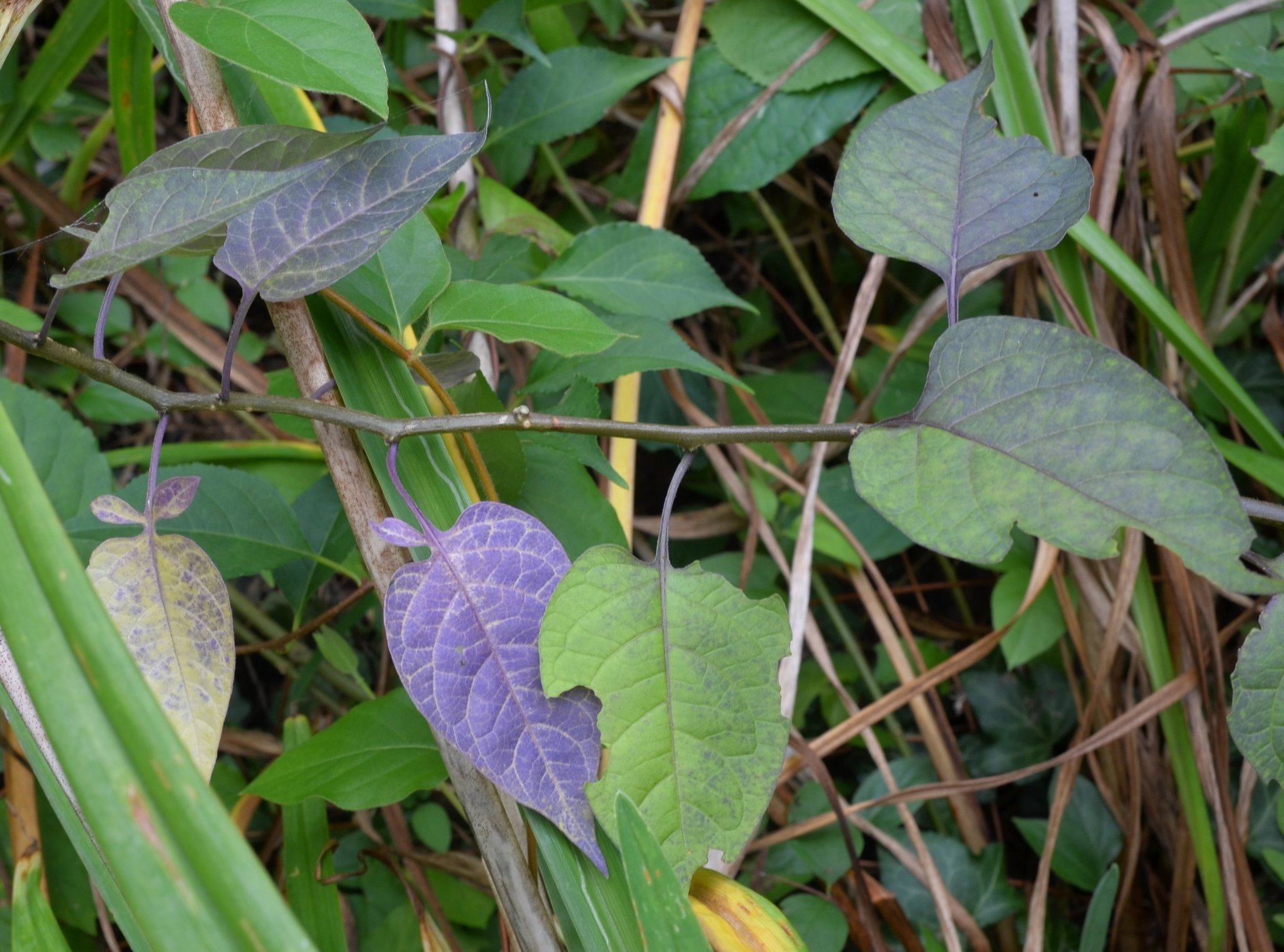
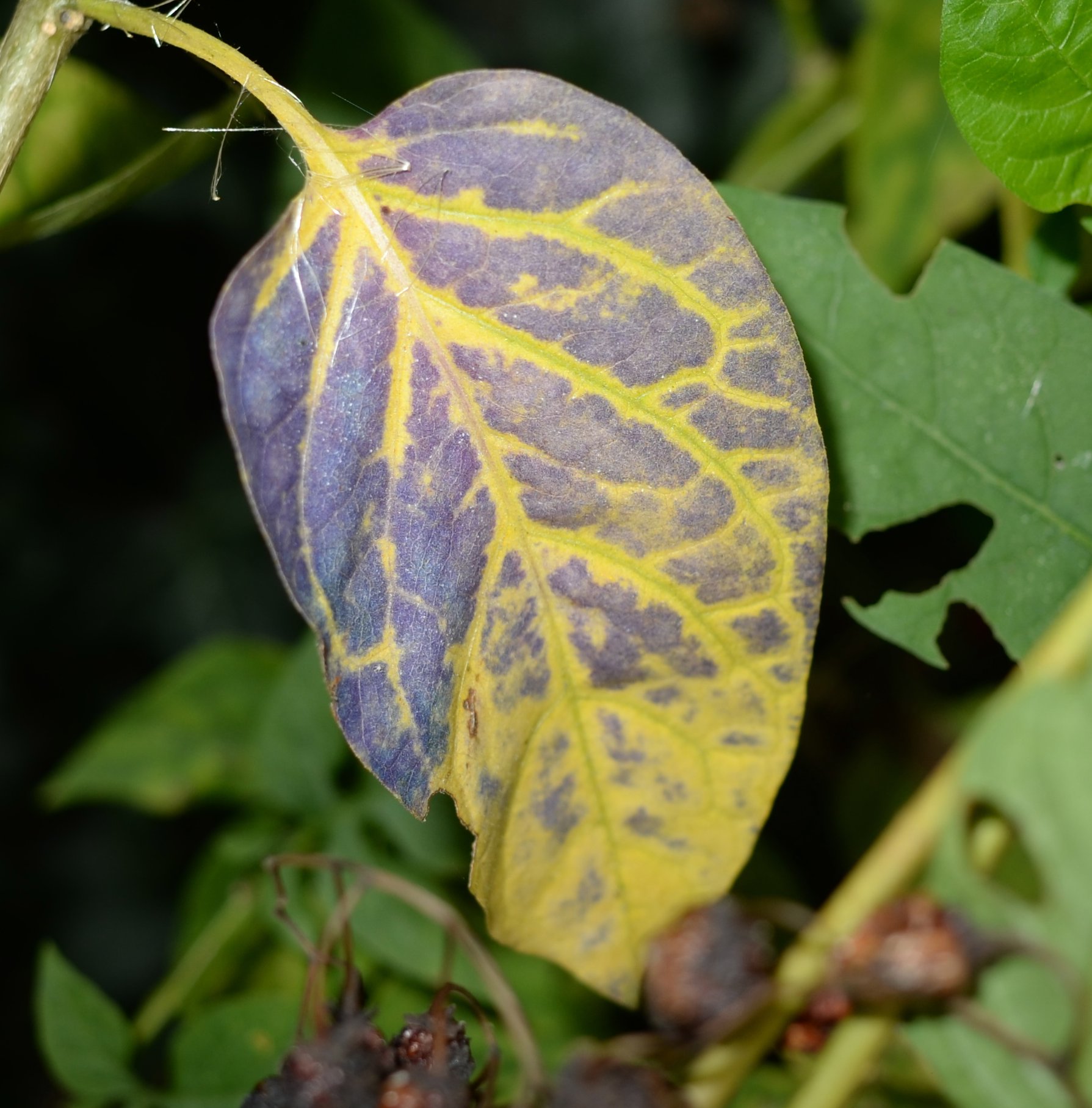
September creeps along. After a few sweltering days, the temperature is now back to damp and cool. The purple nightshade has bright purple flowers early in the season, but now to my surprise the leaves are turning purple too. The second image might have been painted like the rock to Albion colors.
Remember that there is information in the name of the file for each image. You can see it by mousing over the image - look at the lower left of the screen.
I would try clicking on the image. If the little "+" sign appears, it means you can enlarge again. While it is in "+" mode, click on something you want to see more clearly and it will zoom to that section. Then the info is displayed in the address line above. If the image has been cropped
so that clicking on it doesn't result in a larger picture, you can always hit control plus to increase the size of the image.
First, let me just say that all but one of my caterpillars have assumed the shape of pupae. Have I mentioned before that "pupa" is the Latin word for a doll, and they really do look like a baby doll swaddled in a baby blanket. Now to rest till July next year (going on the information that the mother laid them july 13 and they have only one brood per year, so she must have been born only a few days before that.) So far all the antennae marks on the pupae look similar, so I can't sex them that way. But there are many large fat pupae and only a few smaller ones. It could be that the smaller ones will be males so i've separated them out into their own box. Would you believe that I finally forgot to check which box contained the pupa of Greenie? But I did find a pupa which is slightly greener than the others, and have now separated it from the flock. The first picture is of a newly formed pupa, and the second, one that has gotten dark after sitting for a week. If you click on either image you get the same picture but with a quick outline around the area which shows where the potential antenna is represented in the pupa. Why am I so intent on finding one with very broad antennae and another with slimmer antennae markings?
The idea is that since adult males have feathery antennae, while adult females have much slimmer antennae, one might be able to sex the pupa by looking at the antennae. Maybe this isn't true, but inquiring minds have just got to know!
.jpg)

The season is moving much faster, it seems to me, this year than last. The purple asters in the area around the pond are in full bloom and this signals a decline into oblivion. Still we're lucky to have any perennial plants that continue blooming through September. In fact, if your garden's other perennials are almost over, one New England aster would be a great investment. Here is one with a translucent-seeming honeybee (bees LOVE asters). The ones in slightly more sun are ripening up more slowly. One of the pink asters in the front garden is just beginning to bloom. Last year the pink ones attracted many kinds of insects, so I'm waiting for them. The other plant that bloomed until much later is the goldenrod. Last year I saw almost 30 different insects visiting and living in the goldenrod. Right now it is an oasis for many kinds of wasps - a shocking story about that later!
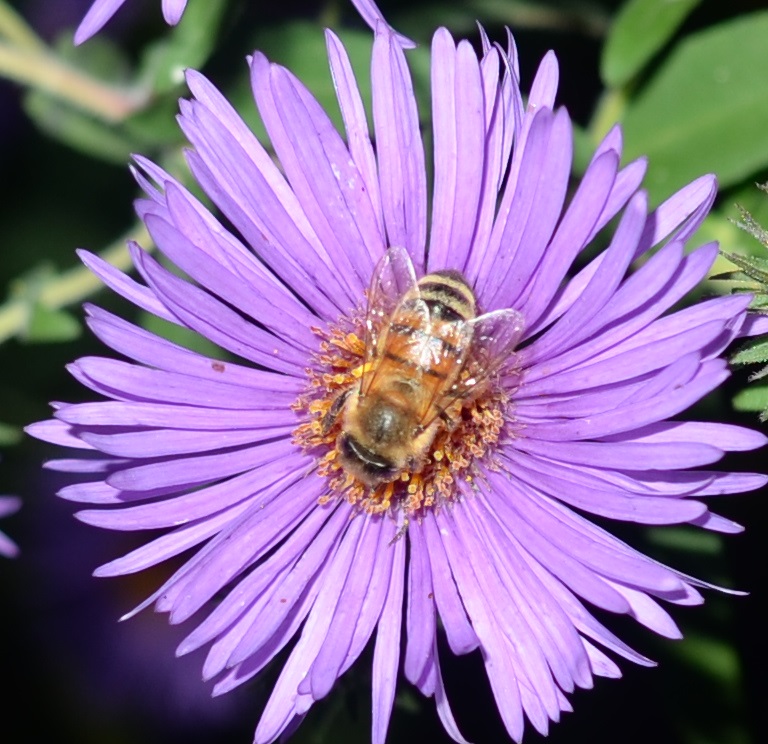
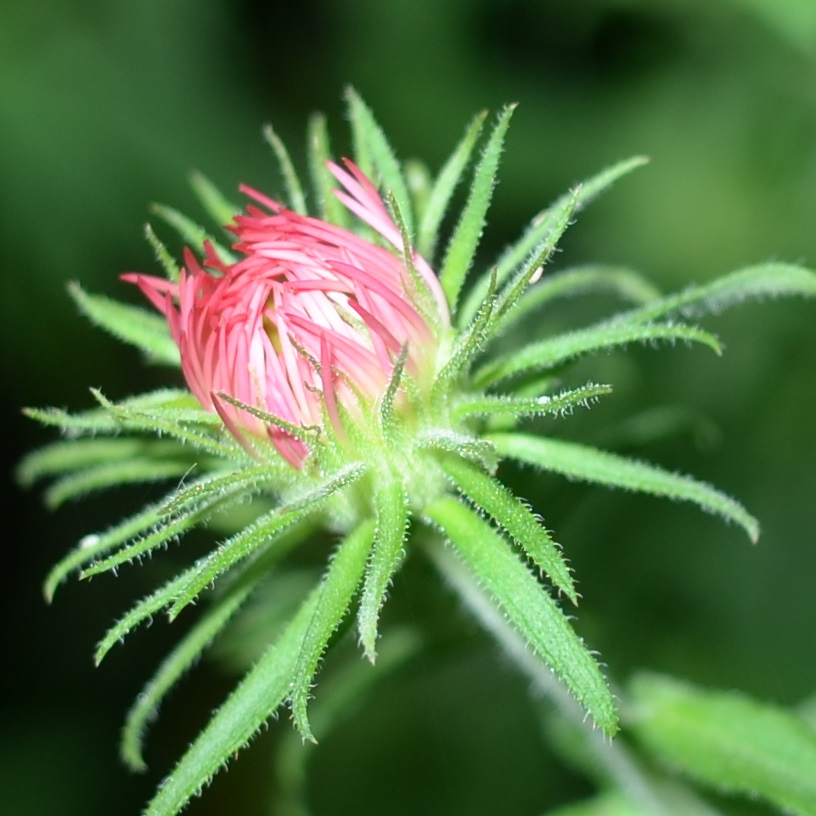
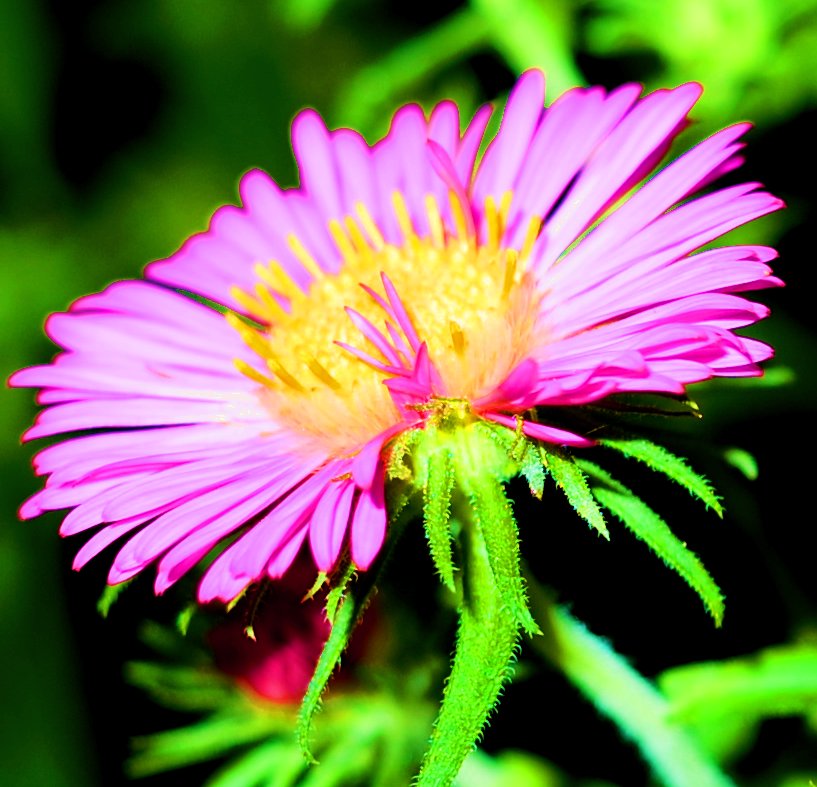
Thanks to the asters and goldenrod, the bees are buzzing all day now. There are so many different ones - I may still be looking up various ones that are now marked "mystery" in the winter doldrums. Here is a lovely little anonymous bee, a frontal view of it, and then a metallic green one, about half the size of the usual sweat bees. This small "bumblebee" is also about half the size of a common bumblebee, but nowadays I see more of them than the "common" ones.
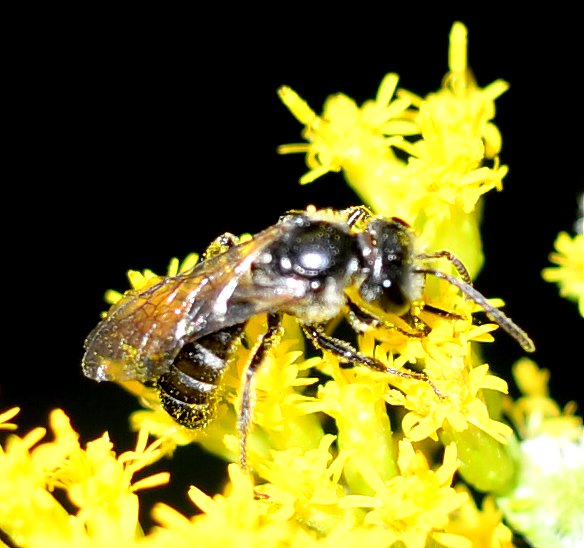
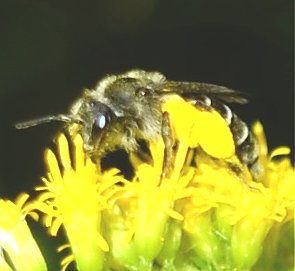
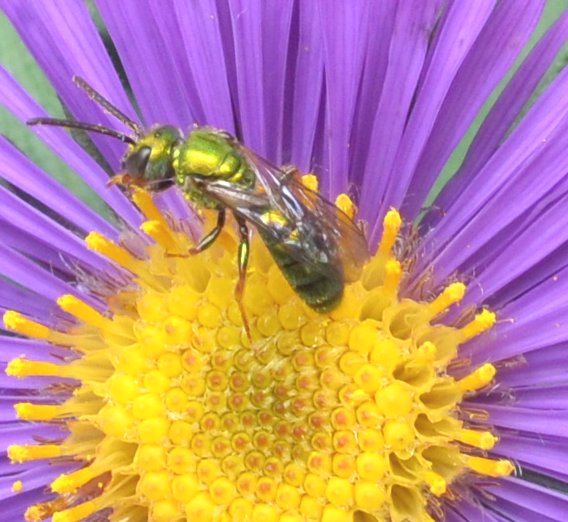
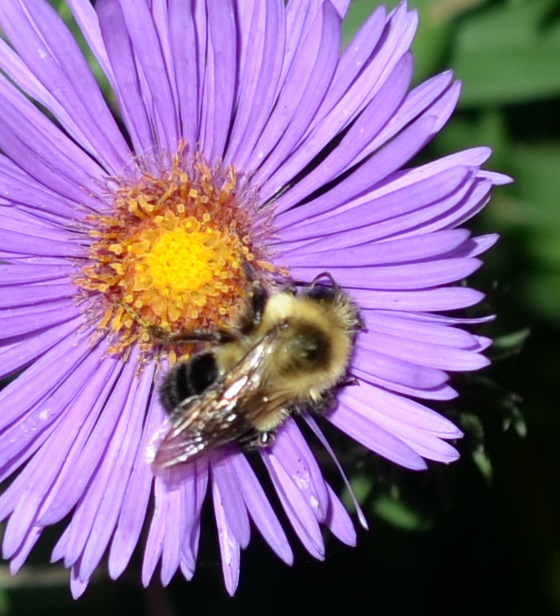
The true bugs come and go. This week I DIDN'T see any of those little green leafhoppers, and also none of the several kinds of treehoppers, although their eggs are biding their time. Oh yes, I have one image of a two-mark (thorn bug) treehopper nymphal shell that may have been recently cast off. I did see another darker green leafhopper, and quite a few of the candy-striped ones. As to the question of whether leafhoppers bioluminesce, I have an active question in to Researchgate.net. One person says simply "yes", but fortunately I've also had some thoughtful answers. I found that (anecdotally) some grasshoppers in Brazil do it, and an article that I finally got into via the internet says (some) cockroaches do too and listed several beetles (that's what lightning "bugs" are) and grasshoppers too. These orders are next to each other in the family tree of insects, and hemiptera (that's what candystripers are) are not far from those orders. A colleague pointed me to another website in which the candy-striper sends out RED light. So I'm waiting for more specifics. It just could be true and documented somewhere. The second picture may be an artifact of post-processing but that little white dot at the tail end resembles what I saw on the videos. I don't know if I ever told you this, but when I was a child I found a beetle grub that glowed all night between the segments. I know this because it sat in a jar by my bed so that I could watch it all night. Retirement is wonderful since you now have time to pursue interests that kept you going long ago.

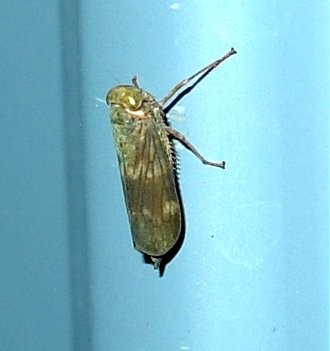
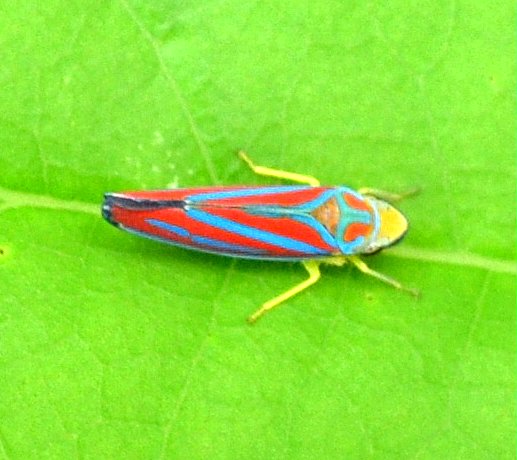
In this row, first is a Lygus plant bug on goldenrod. It seems to have got caught in a pollen storm. Next, a plant bug that you've seen before. Than (once again), the little omnipresent rusty stink bug. The other day I found 7 of them just on the shop's exterior wall Oh yes, there was also one blackish stink bug, just about the size (and of course the shape) of the little rusty ones. Oh - and just to let you know - two kinds of baby assassins also showed up this week - the brown nymph and the ever-growing green one!
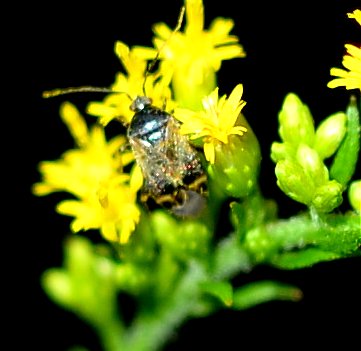
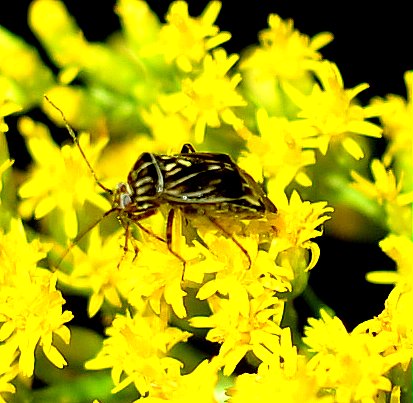
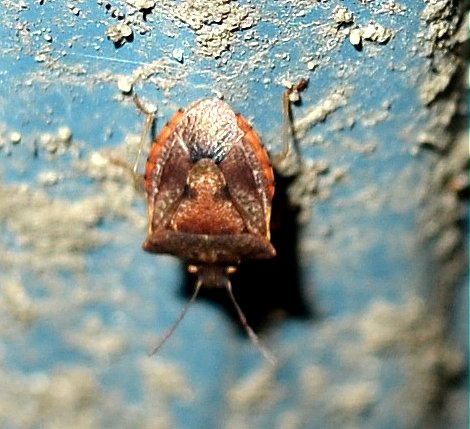

Beetles or not? I think you and I both could have gotten the ("yes") answer to the first two: first, a tiny (about 1 mm) beetle on an aster leaf and second, that lovely goldenrod soldier beetle. But what is the third picture all about? Don't all beetles have a hard shell? I searched for a while and finally discovered that answer is "NO". This is a net-winged beetle, the well-hidden image that doesn't just prove the rule, it shatters it. There are lots of species, differentiated by where the dark blue pattern is located. I believe they call this the end-band net-winged beetle.

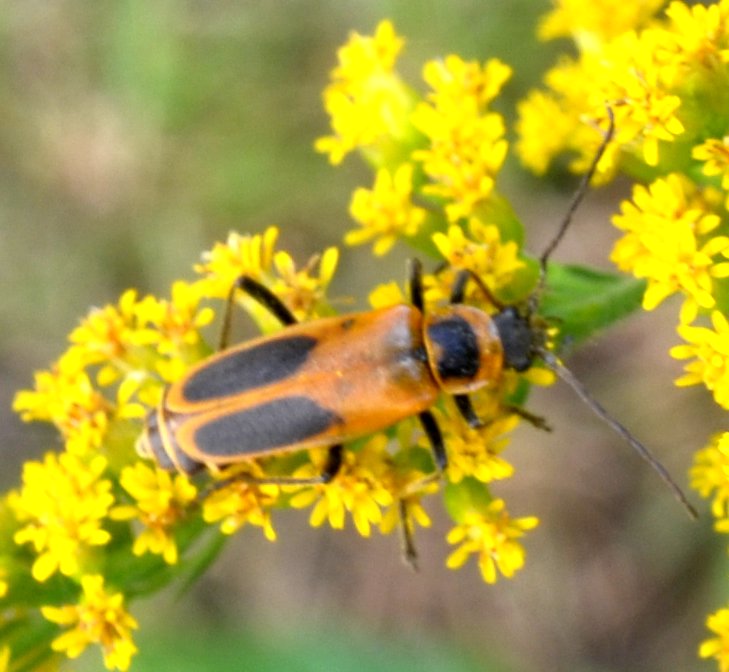
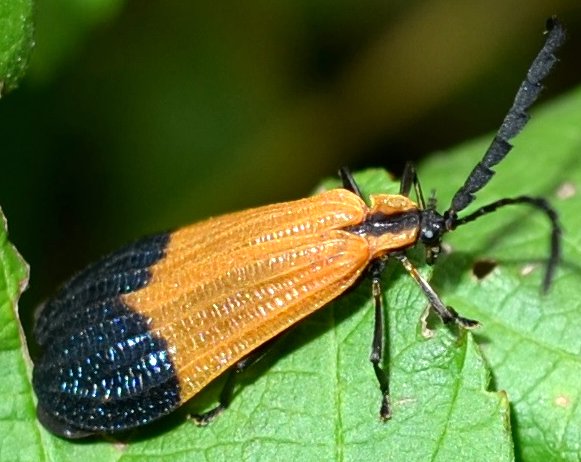
There wasn't a lot of variety in butterflies this week. The white cabbage butterfly was evident of course, especially in the aster bush. But a monarch beauty came down from its usual path near the housetops and dined in at the asters. It was a little shy of me, so each time it moved so did I, as carefully as I am capable. The first shot I took was of the open-winged pose but from far away. Remember there was a pond between me and the asters. But for completeness sake, I did take this one shot from afar (Also remember I have a macro lens but no zoom!). Then when it calmed down a bit, I got close enough to see the whites of its eyes (they are black of course)and got the closed-wings pose. If you peek at the name of the actual image, you'll see that I called it a female. But the far-off image was clear enough to be certain that this butterfly had no oval-shaped patch on the lower wing, which rules out its being a male.



Oh, it was a wonderful week for dragonflies! First I was surprised by this VERY red one, which had lit on a twig near me. I believe this is the male Autumn Meadowhawk I've been waiting for. Let me review the other ones we've seen just for a refresher. This second one (lifted from last week's writeup)is, I believe, the female of the species. It is yellow-orangeish but compare the size of the abdomen near the waist. It is much thicker than that of the first picture. But also look at this: It is reddish and I had thought this was the male. But there are two things that I learned this week really give this one away as a female: one is the fat tummy and the other is the little spur a bit away from the tail. Click on the picture to get the hints. Of course I'll probably learn something else this week that contradicts at least some of that. But don't worry, the picture will clear!
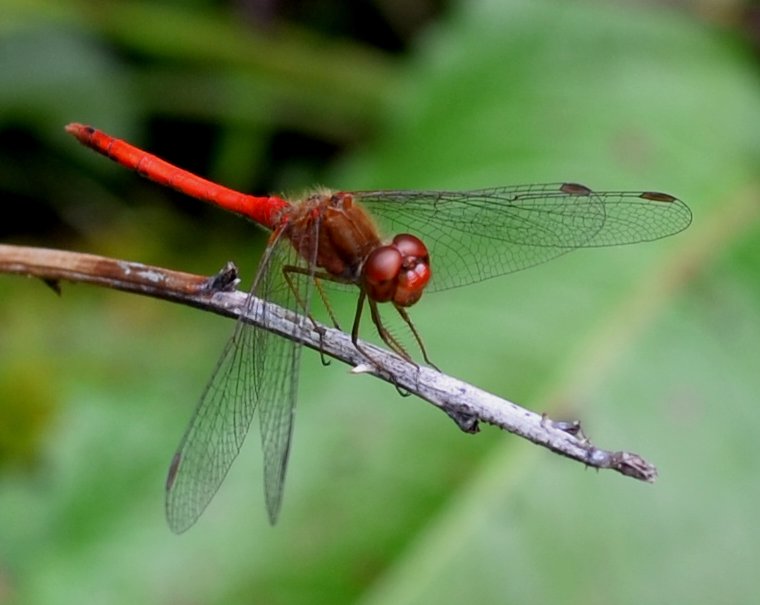
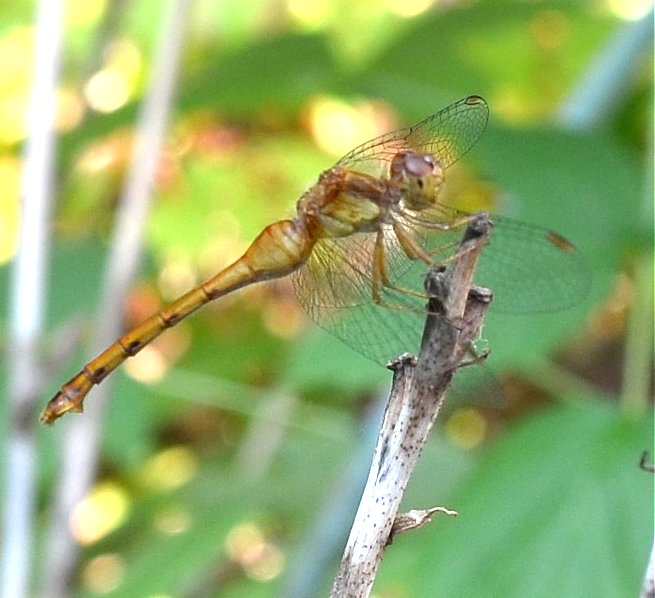

As luck would have it, a large greenish dragonfly flew past me and landed on a plant. When I circled to get nearer it changed places again. About the third time I followed to where it seemed to have landed, I couldn't see it at all. So I bent down as far as I could to peer under the leaves and this time I could just about make it out. I should have gone in and gotten a chair. But no, I was afraid it would disappear, so I kept on trying to squeeze the camera between some vines so that I could get part of it at a time. Finally I got the whole animal in my sights, focused as well as possible, and got it. I finally straightened up enough to try to get a view from the other side. It wasn't possible to move much this time but I did get a ventral view. When I brought the camera in to move the pictures to my computer, I was in for such a surprise - the colors were magnificent, blues and greens - now that's well-matched. The tummy shot showed that it was just as pretty underneath and the tail instead of being brown seems also to be bluish. It turns out to be the common green darner. Remember when they called them the "Devil's darning needle"?
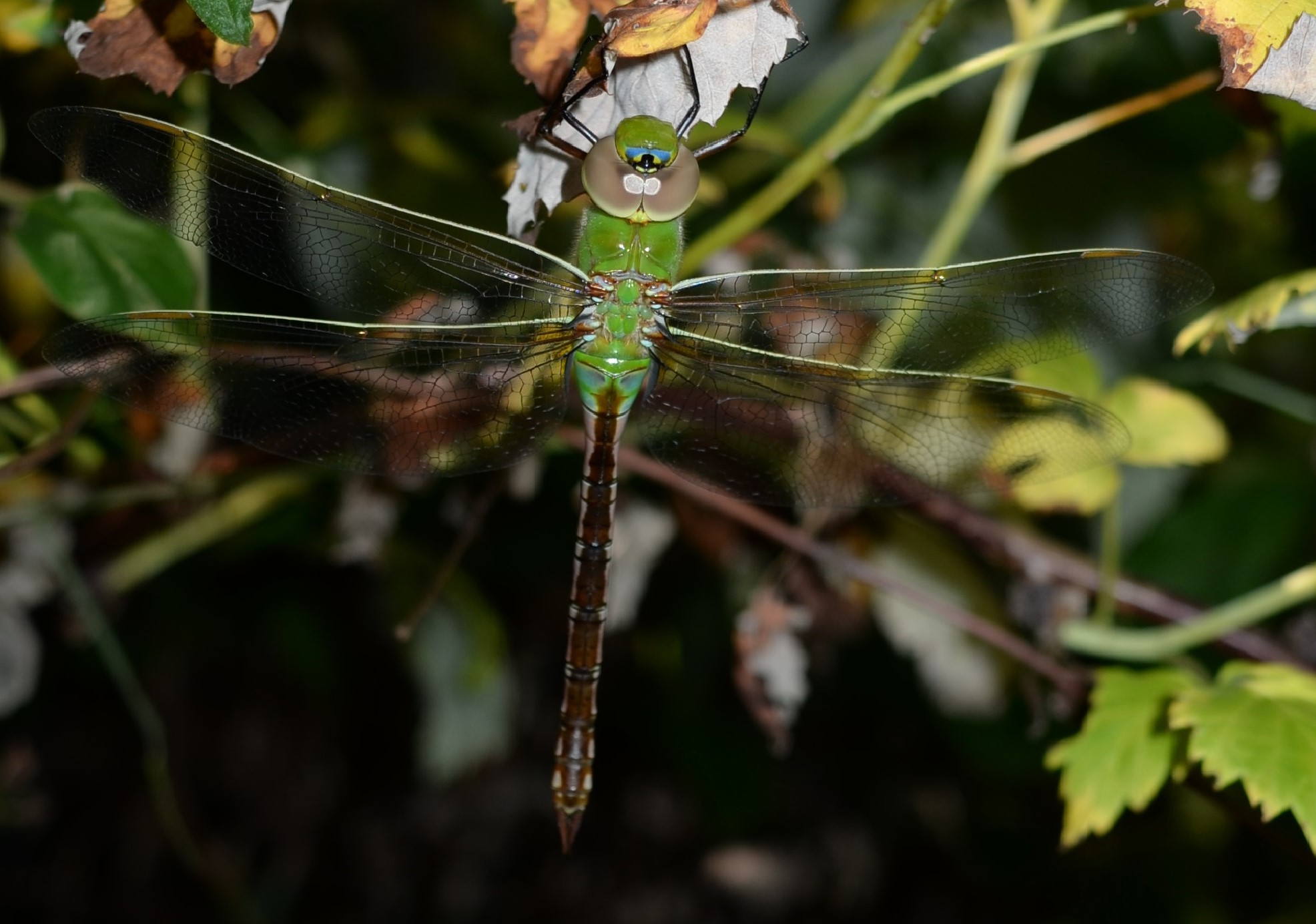
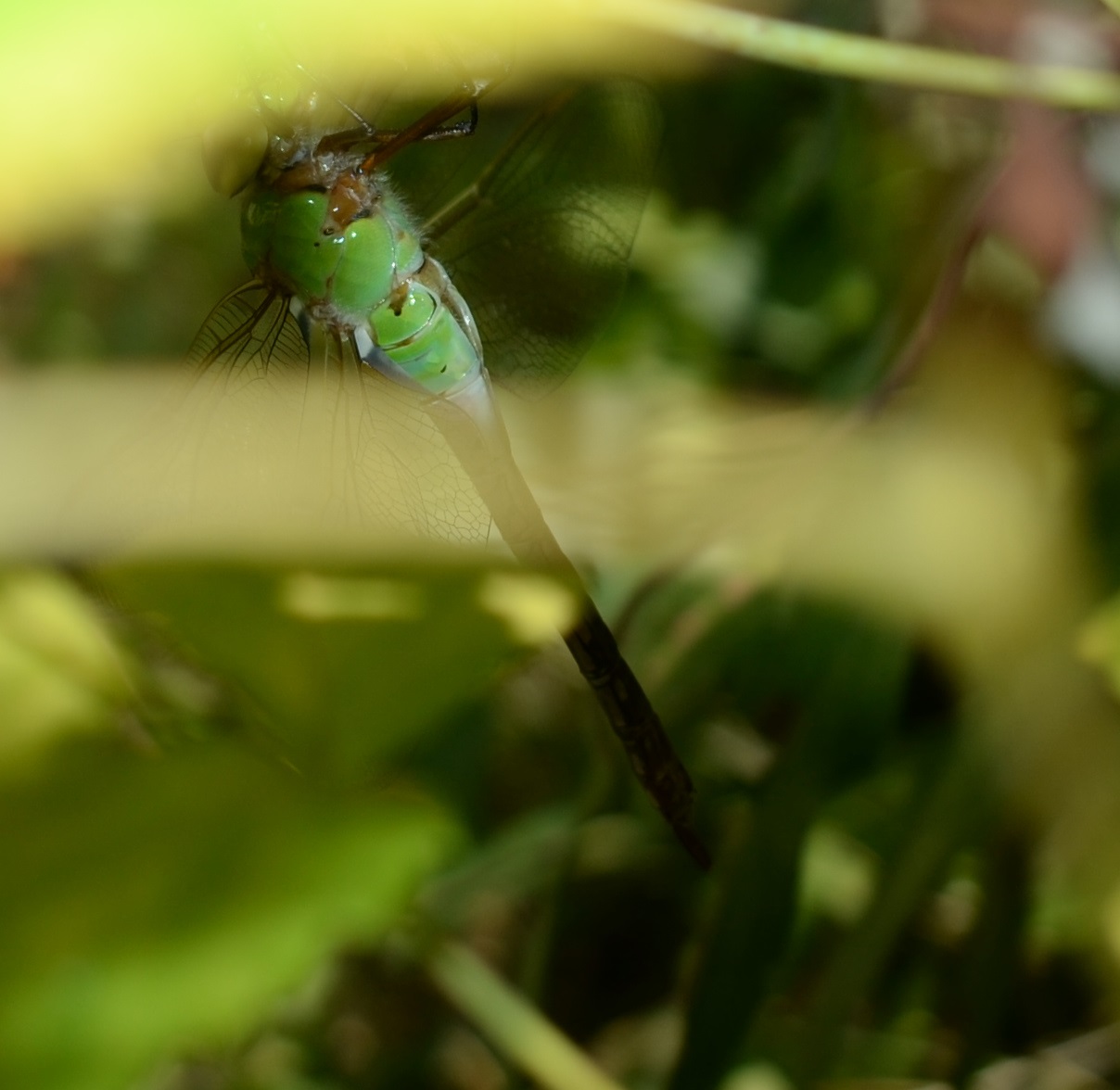
Several flowers are still holding their own. I bought this pink flowering plant long enough ago to have completely forgotten what it is. Maybe one of you knows. But unnoticed it put out this year three stalks unlike the past years' one stalk. There are each day fewer trumpetvine flowers - the ground is covered with spent flowers - but still a few blossoms can attract insects like this European paper wasp female. (Did you also count 6 abdominal segments ?)
This ghostly white plant was one that I dug up from the weed patch and put into the front garden so that I could keep track of and eventually identify. I had initally predicted that it would be rose campion, one of my favorite plants - silver leaves and magenta blossoms. We can keep watching and hoping I don't step on it till the blossoms emerge!
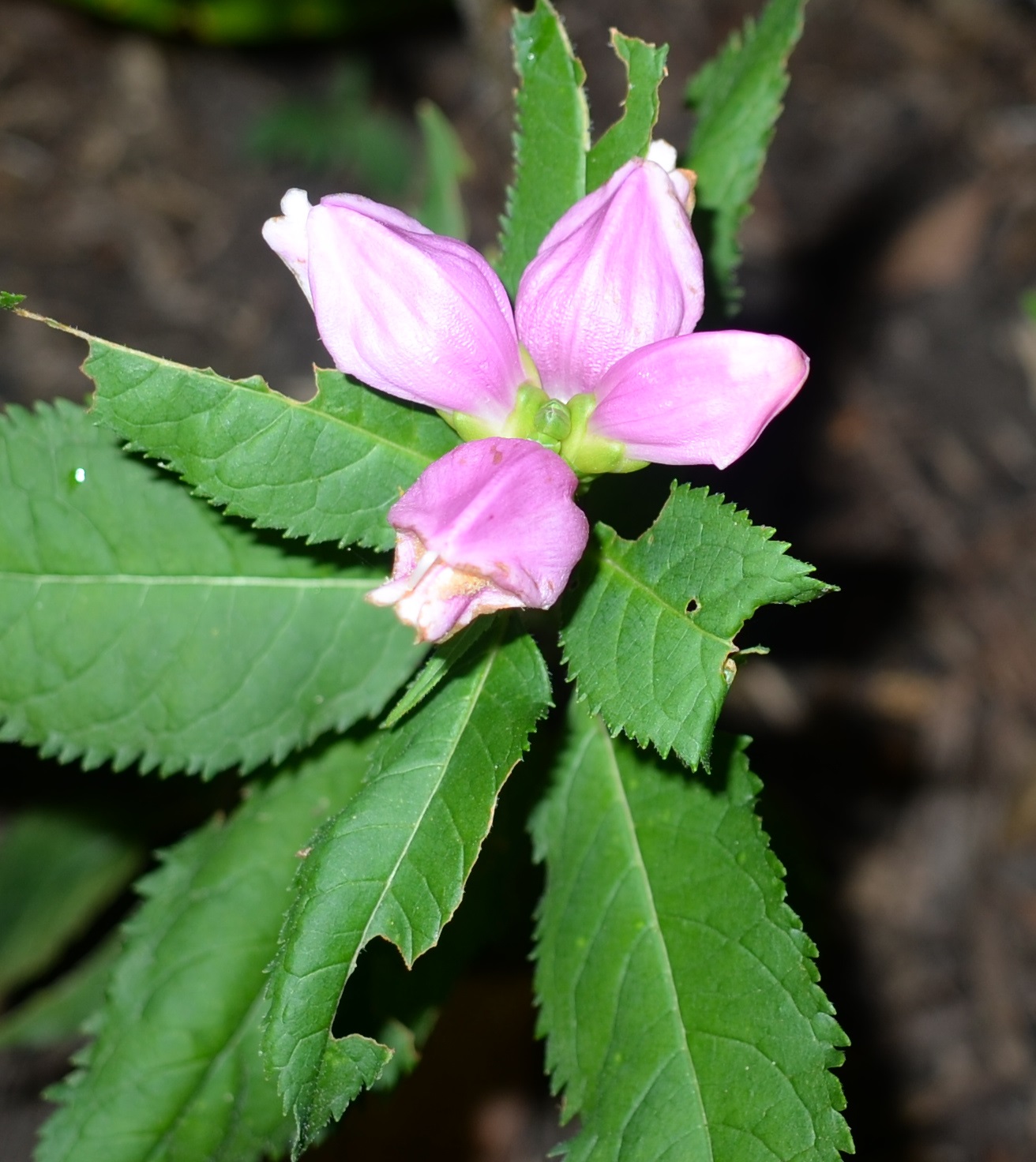
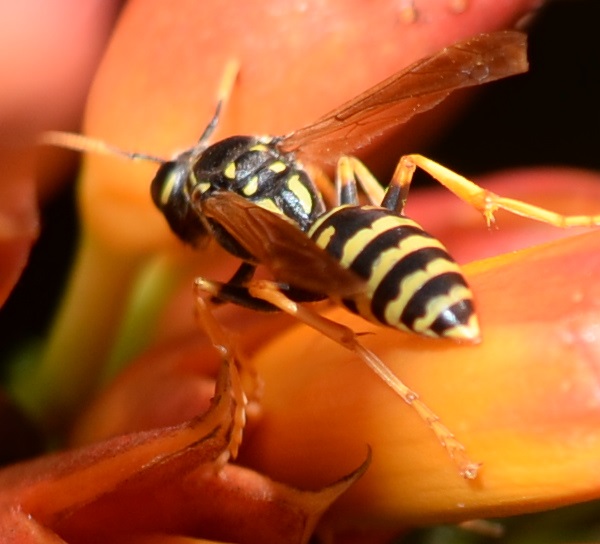
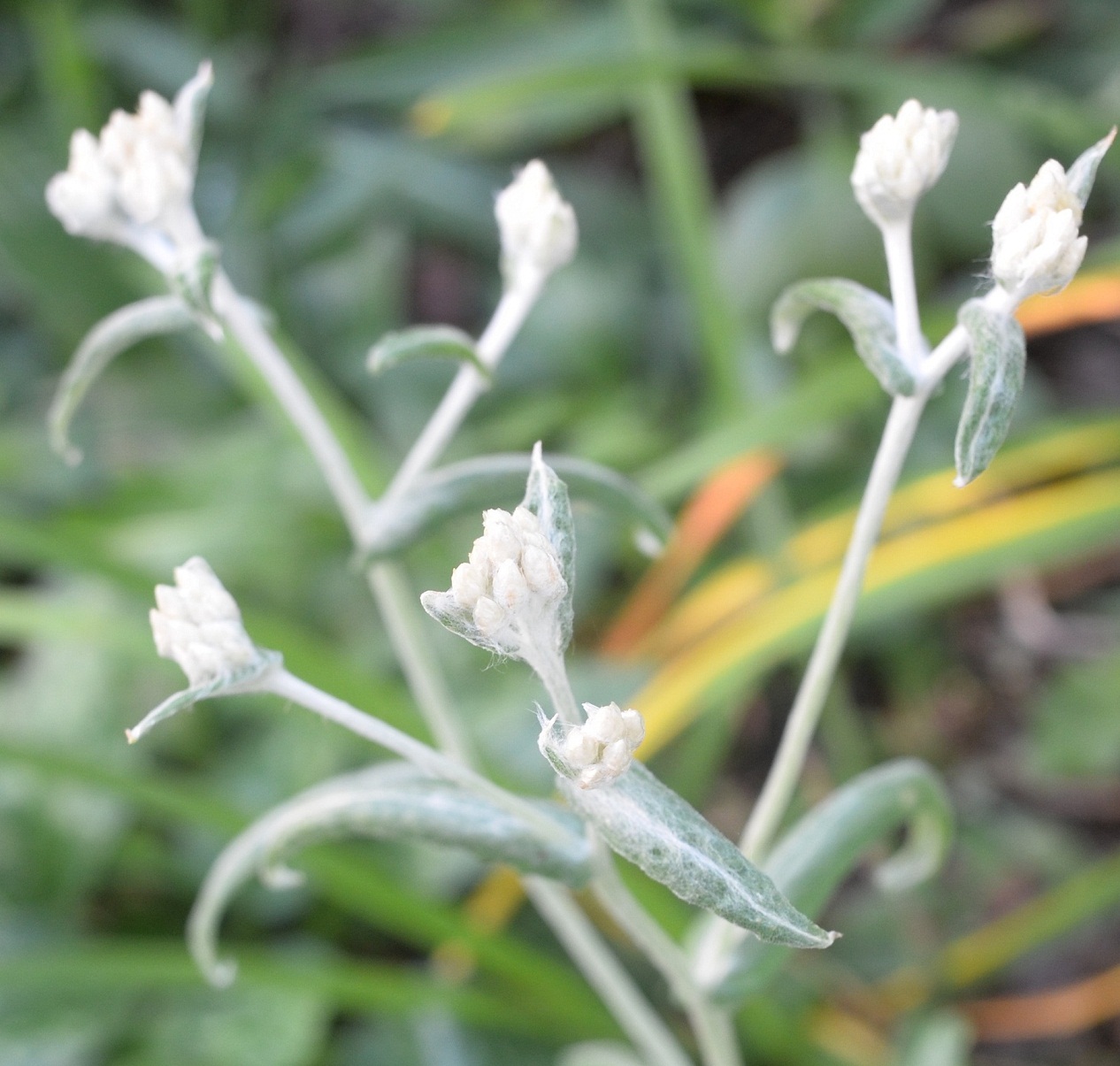
Flies were common - I've almost stopped noticing them - but some are so startlingly brilliant you can't help admire them. I especially love the hoverflies. We've seen quite a number of them this summer. This first one (from a few weeks back) we've seen consistently since spring - it is so tiny you almost miss the delicate markings. The next one is also from two weeks ago, and the next from way back in May. The final one was from this very week and I think it is the same as the one on the phlox blossom (Sphaerophoria). Isn't it amazing how translucent this last one seems to be owing to the similarity of the background yellow and the yellow of the fly's stripes? This was just a review of three kinds we know and love.

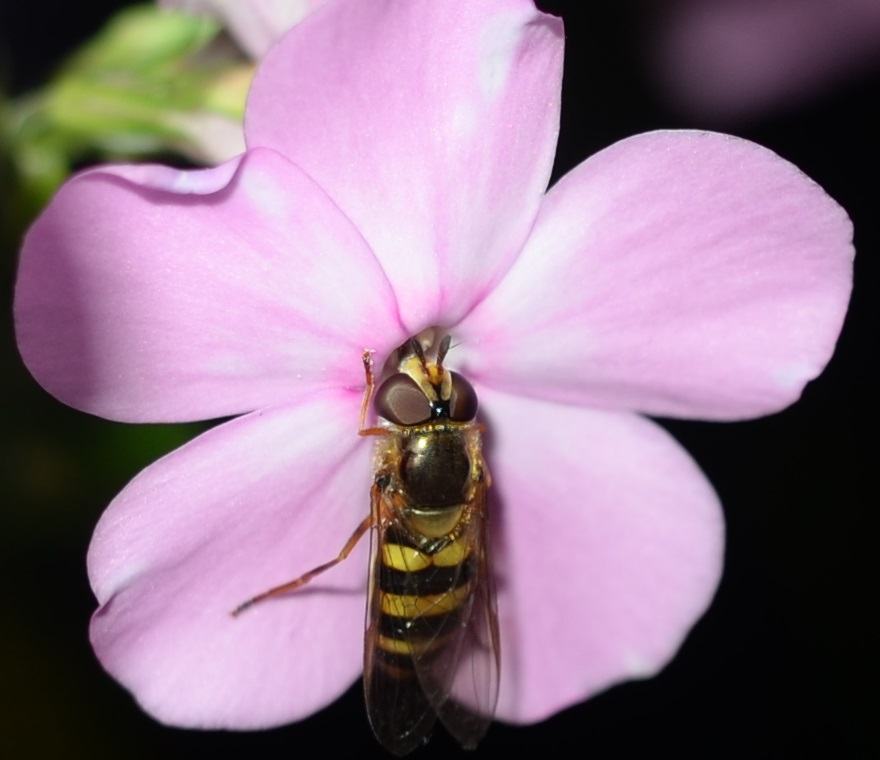
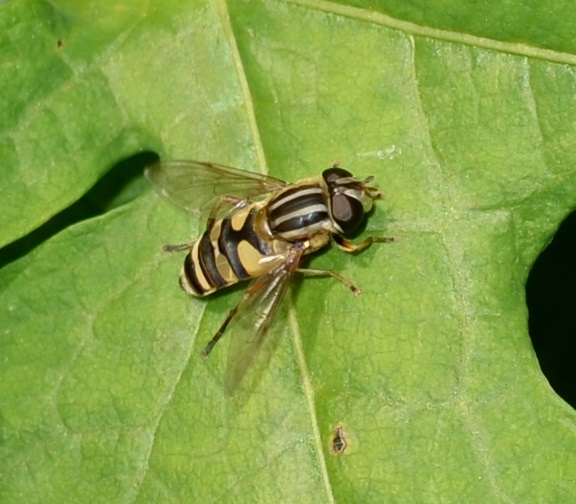

I know almost everyone hates the flies in the housefly family. This big green one just LOOKS like something to swat, and you even throw out your birthday cake if one lands on it, right? But it is beautiful against the bright gold of the commonest of all flowers. This little fruit fly with its golden body and polka-dotted wings isn't so mashable, is it? Sometimes I bring my mostly eaten lunch out and set it down a small distance away from me. Hardly anything comes to investigate. Maybe they just don't like things laced with yogurt. Wasps do. Maybe I'm saying all this because I didn't see anything that looked like a NEW fly this week. Oh -except for this little one labeled "mystery". I'm almost sure it's some kind of fly.
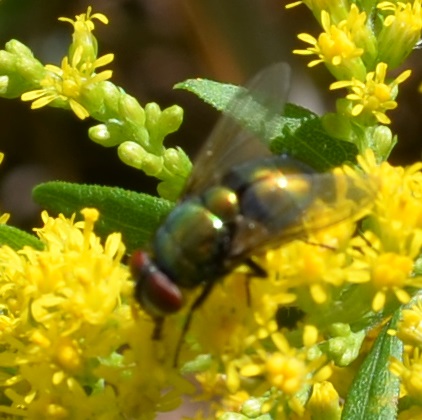
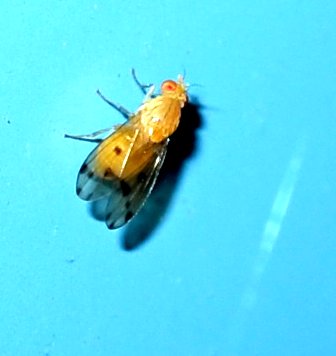
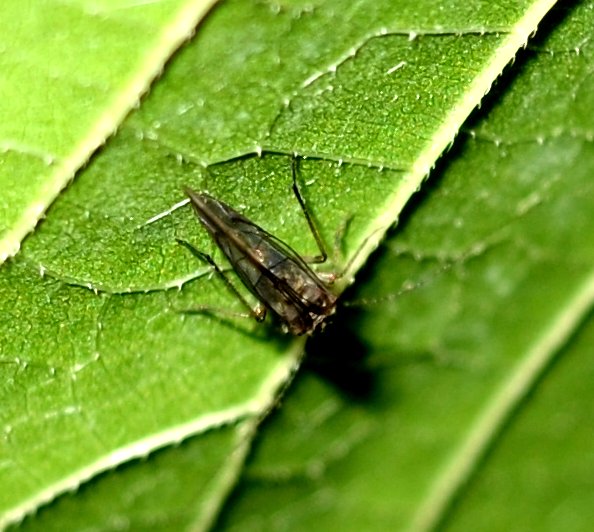
Let's bring the spiders out! The first is the common house spider with its egg sac. I wonder how a spider this small only a couple of millimetres long can be developed enough to have children already? The next one seems to be a gigantic version of the grass spider - many many of the small edition have their sheet webs set up in every other plant now. This one was at least two inches (with legs). Look along the left side of the picture - it looks to me as if this spider is carrying around eggs of some sort. There may even be another in its mouth.
The third is the same spider in the shadows. Afternote: I took a harder look at the little grass spiders - they have grown! They aren't so large as this one but I can see they soon will be. I find it very interesting that spiders grow and grow. The very tiniest ones set up webs, some soon after hatching are capable of weaving a fine orb web. Maybe "adult" is saved for those capable of reproducing.
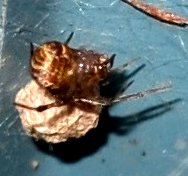
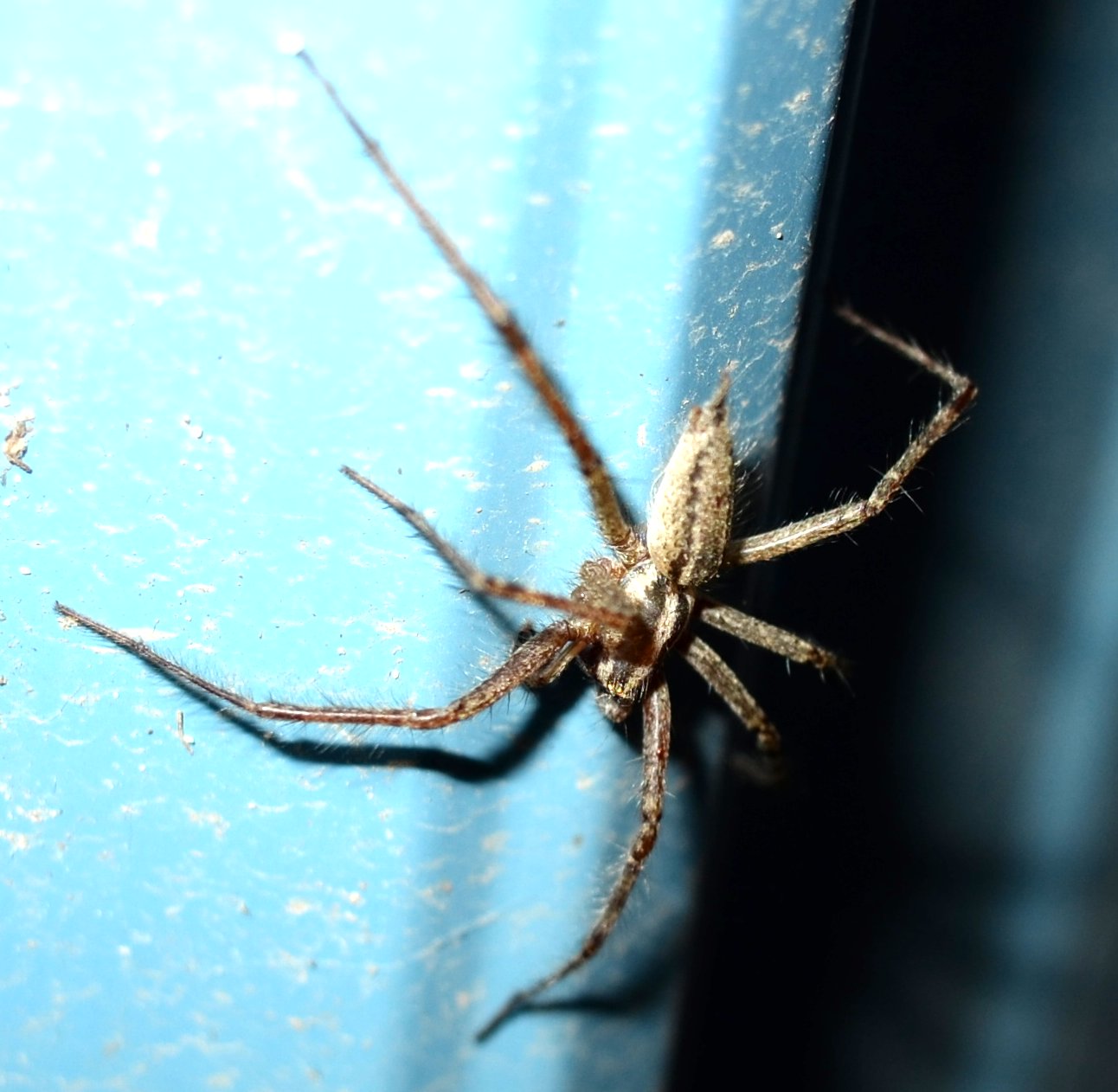
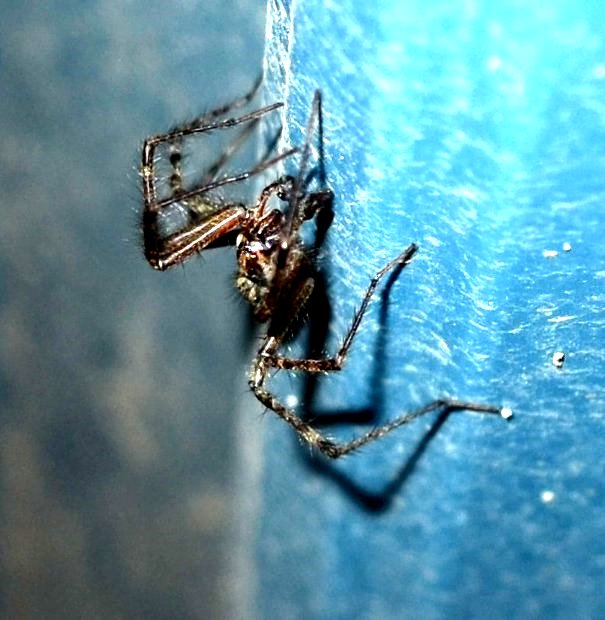
Beside the front walk I found this very small empty spider skin. As I approached it, the skin got up and walked away. The walking dead? No, I believe what we are seeing is a very small spider (maybe a crab spider) getting out of an old skin. That may be the reason some of the legs resemble spider legs and some look like empty skin legs. Near the same place, the front aster bed, the crab spiders are on the prowl. This little fellow has grown a bit. Now he is large enough to get a better look at. Look at that! His two front legs are striped and held close together (that makes him look like a crab) but the smaller back legs are green! In fact he is large enough that we can now see the two large yellowish appendages in front of his head (the right side of the image), the pedipalps! Those of you who have been readers long enough will remember that the pedipalps are used in reproduction by the males. (That's why I could take the liberty of calling him "he".)
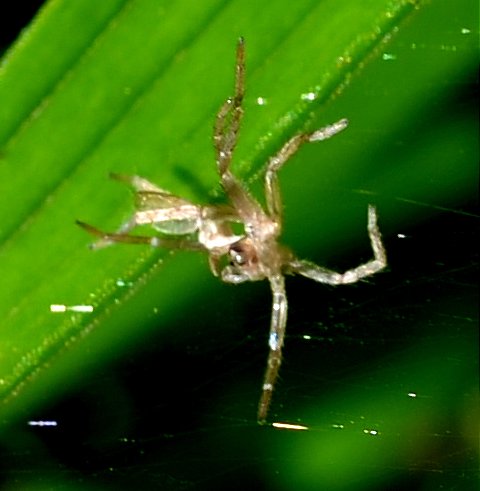
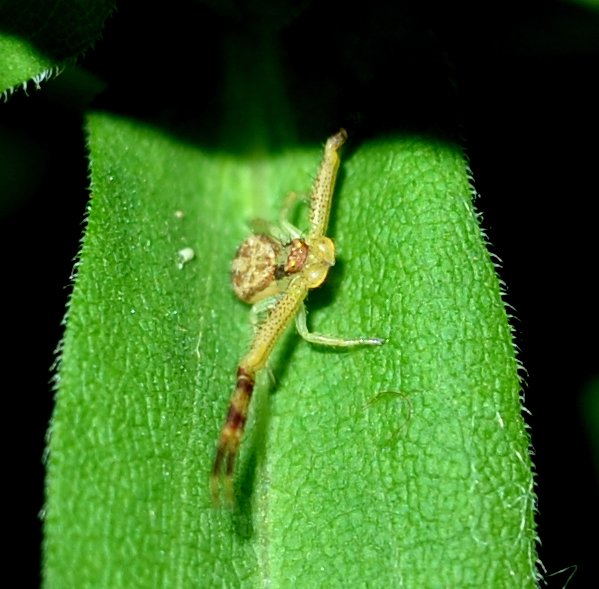
Now the dessert! The gorgeous wasps! Here on one of the sedums, this one called Autumn Joy, is a very lovely wasp with such wonderful contrast between its black and yellow regions. It is the male of (probably) the European paper wasp. I say probably because the yellow-black contrast is not usually so distinct. Look how very large the two roughly round patches in the second segment are. (For counting purposes the yellow blob must be counted with the horizontal bit below it.) Did you get 7 segments counting the tiny tip as #7? Then you will concur that this is a male of whatever species he belongs to.
Look at that male european paper wasp face! Image 3 is one of those hard-to-identify ones. Is it a common aerial yellowjacket or a downy yellowjacket? It is most certainly a male. (Count!) And I am going to guess downy yellowjacket!
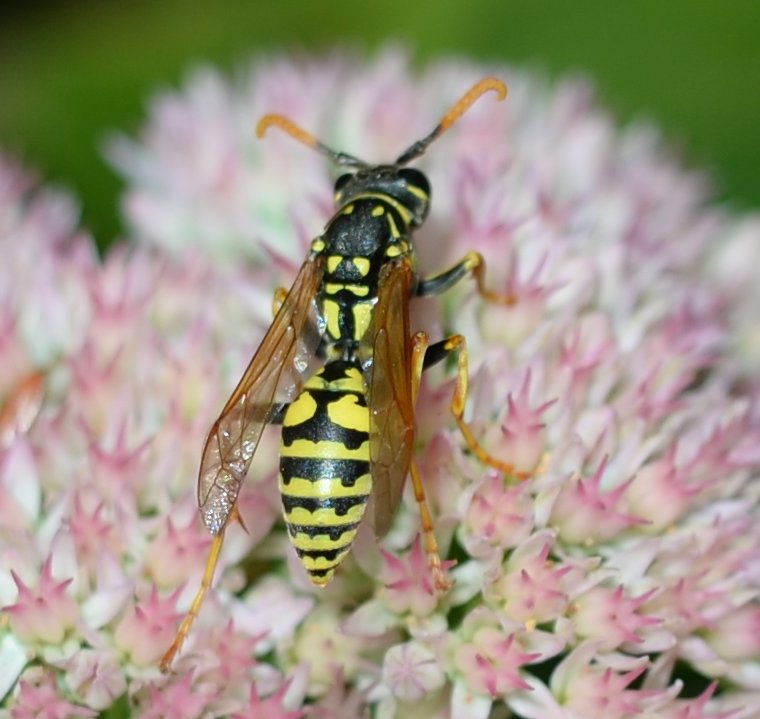
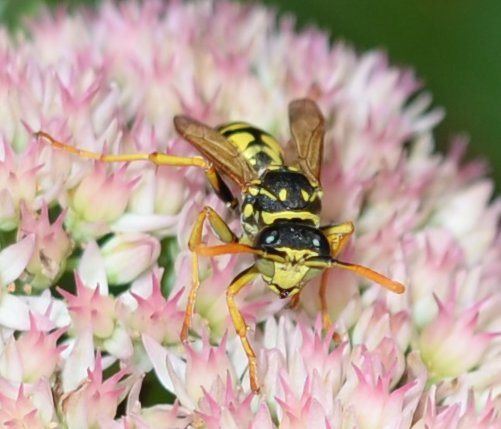
The "other" paper wasp is the Northern. Here is a top view of one female and here is another individual facing us. There is apparently much variation in the faces and other aspects in this species. One possible outcome of this variation is that wasps of this species can tell individuals apart - that must lead to some kind of super-society - remember these are the paper nest builders. Here is a male's face and here is a confrontation between two males (You can tell by their yellow faces.) The lower one is the aggressor and the upper is reacting just as I would - that must be a classic startle response from the upper.
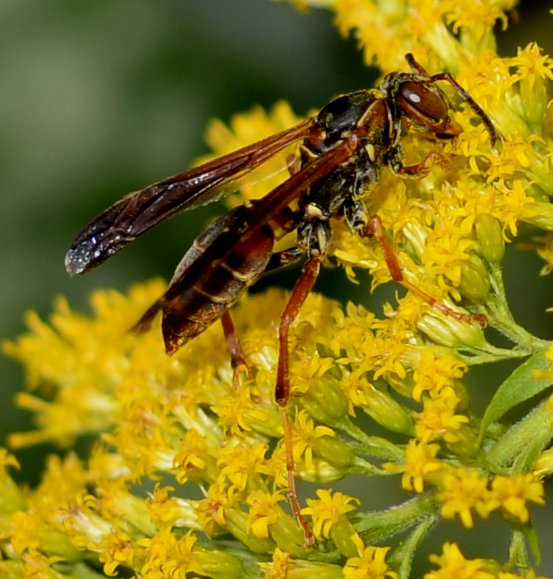
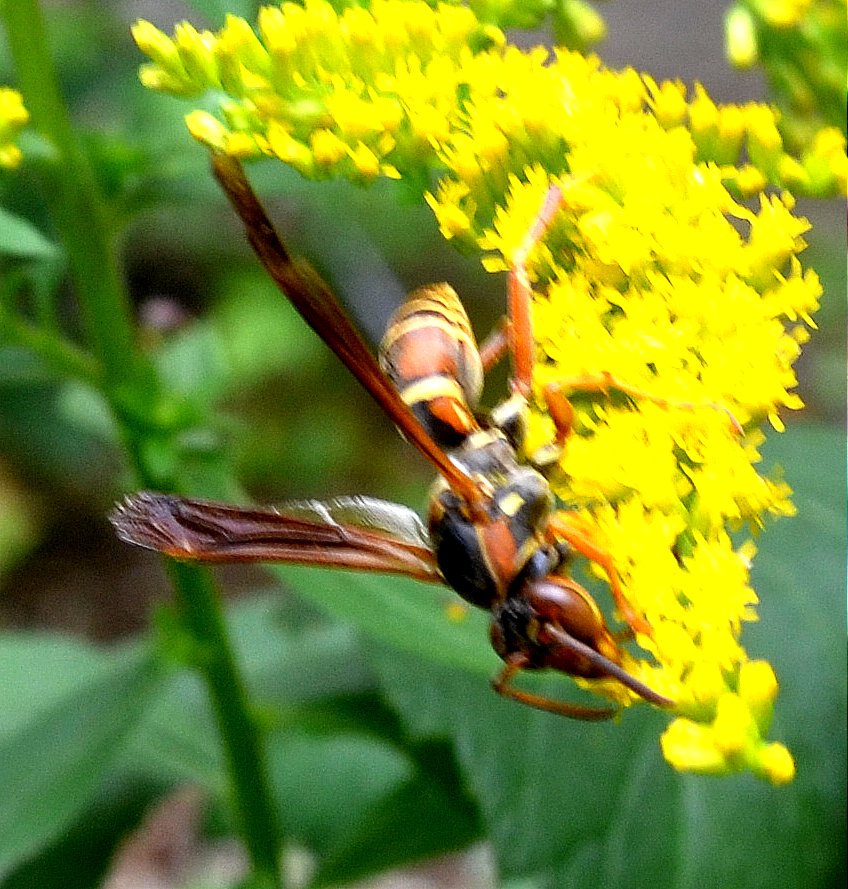
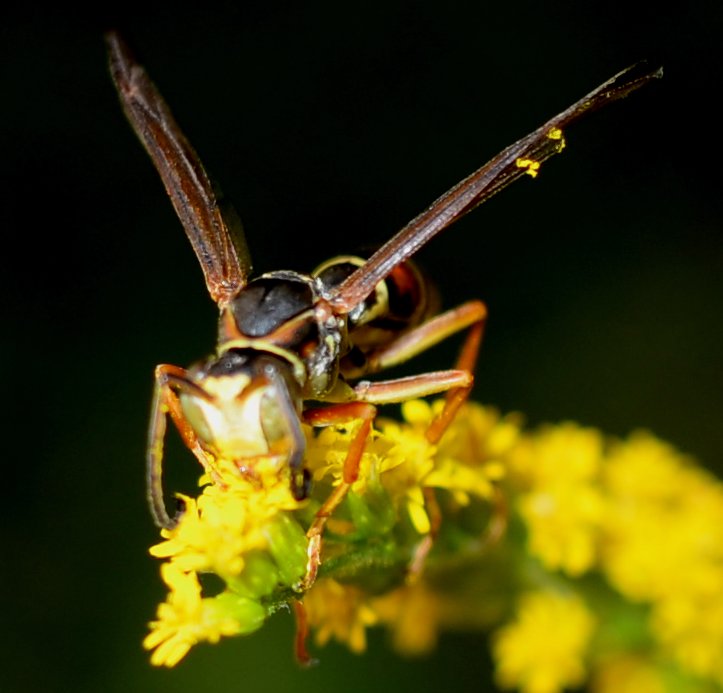
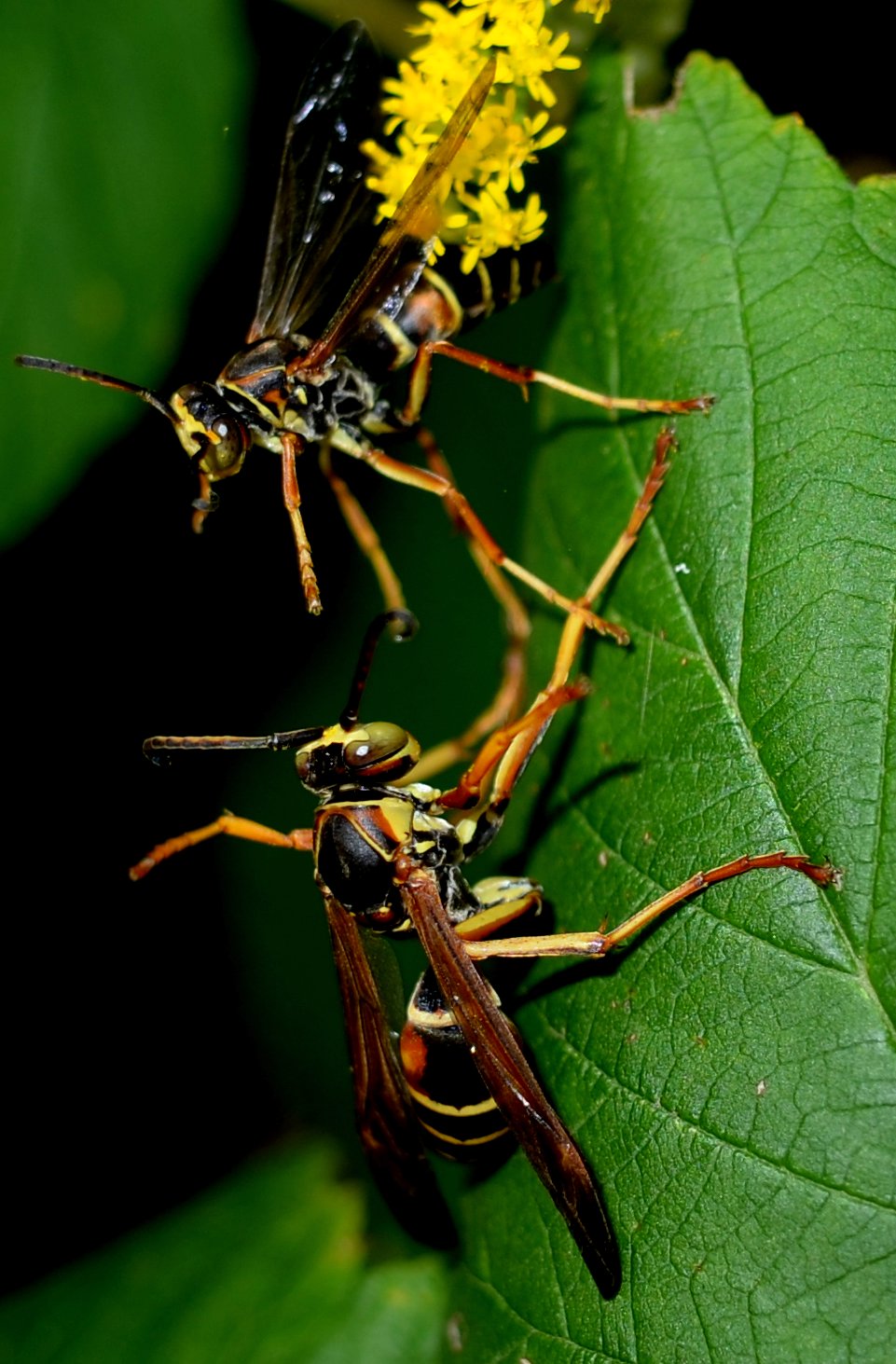
The paper wasps are fairly easy to distinguish but all those other black and yellow wasps take a lot of trials to get right. This is a common aerial yellowjacket. (I believe it is called aerial to mean that its nest is not in the ground.) But here is one of those hard-to-identify ones. Is it a common aerial yellowjacket or a downy yellowjacket? It is most certainly a male. The vertical yellow scutal stripes are a sign of the downy yellowjacket but in some of the ID's I've read a common aerial will have those stripes! And all the common aerial males seem to look like image 1. I am going to guess downy yellowjacket! AND i'm going to request the clearest ID I can get. To demonstrate how confusing it is to distinguish the "black and yellow wasps", the other day I was snapping pictures and pictures and trying to identify them on the spot. I had taken a couple of pictures of one I didn't recognize. Suddenly it got very aggressive, flying around and around me and saying "GRRR" or in English "Get the HECK out of here". I backed off, which usually helps, but it didn't and the next thing I know it is on my arm. I did NOT swat at it - never do that - but shook it off. But a couple of seconds later, there it is on my left arm. I shook it off again and went in to get some coffee. I decided I'd had enough outside and went upstairs to upload the pictures to the laptop. When I got around to cropping one of the pictures, I got the first real look I'd had time to see. Look hard at picture 3. Two wings, big eyes. Oh- here is a picture of that wasp looking around a leaf at me with its big black and yellow striped eyes. What wasp has two wings or striped eyes? Two wings is the signature of a FLY! I'd heard of a hoverfly mimicking a wasp but never had the delightful experience of actually seeing one. This is the real animal! How lovely it is. How fiercely it had tried to get rid of a big predator! Now we can add this one to the list above of hoverlies we have seen!
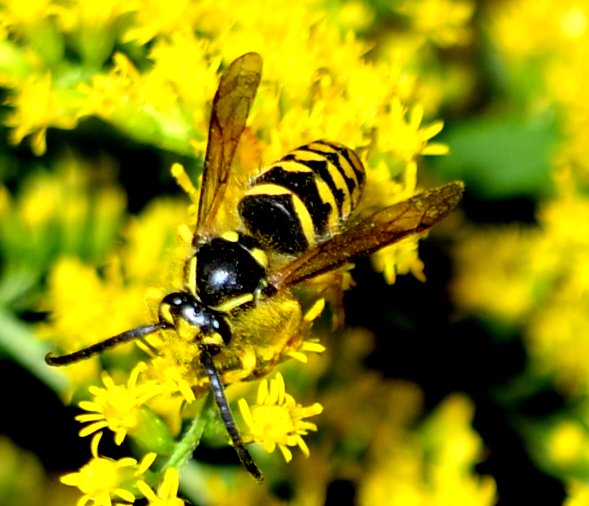
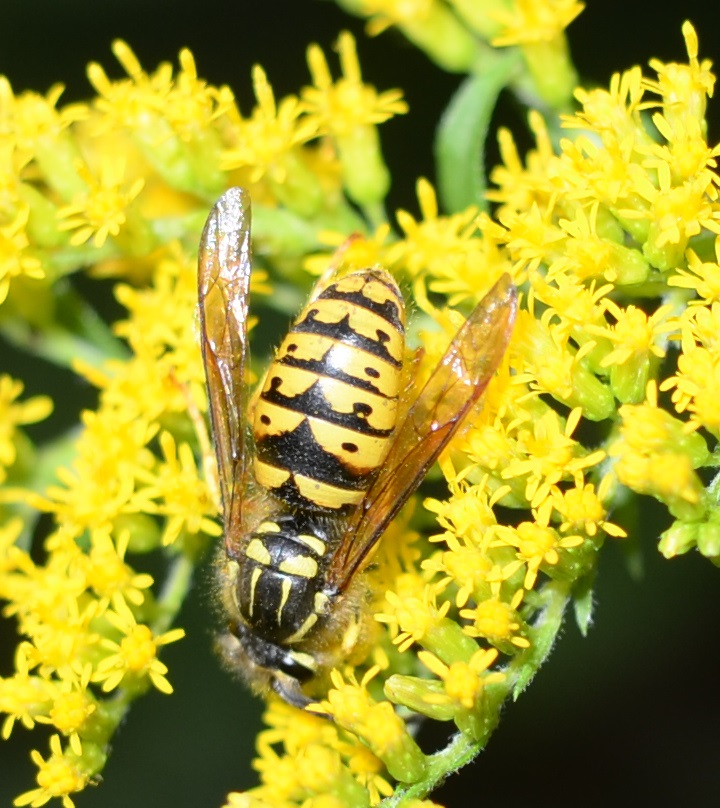
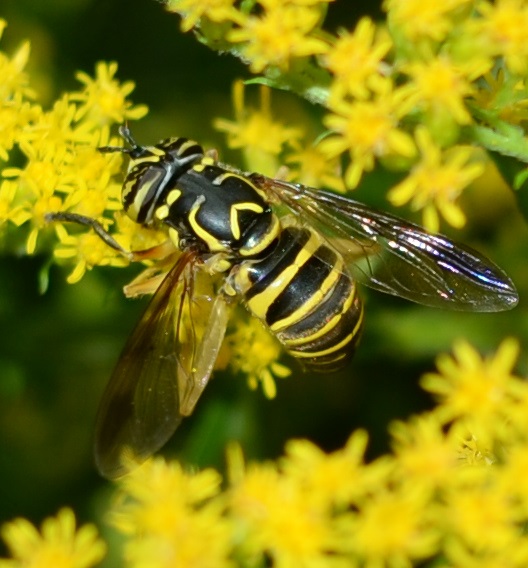
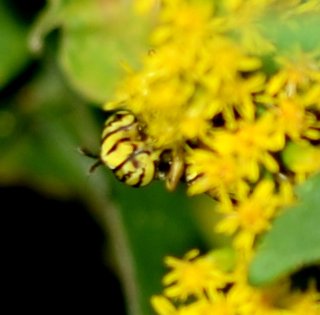
Here I'd like to admit to some mistakes of the past. One: I had reasoned that that hickory tussock moth caterpillar had hd its head bitten off but was still alive. Of course, as I should have guessed (but that would have been too easy and I'm too used to the Outer Limits sort of phenomena it has just shed its skin. Two: I thought this was a white mayfly, then the discarded shell of a mayfly. But now it looks to me as if there is a live mayfly inside the shell. Click on the image and see the circle around what looks like the back of the shell has split and the hunched back of the mayfly pushing itself out.
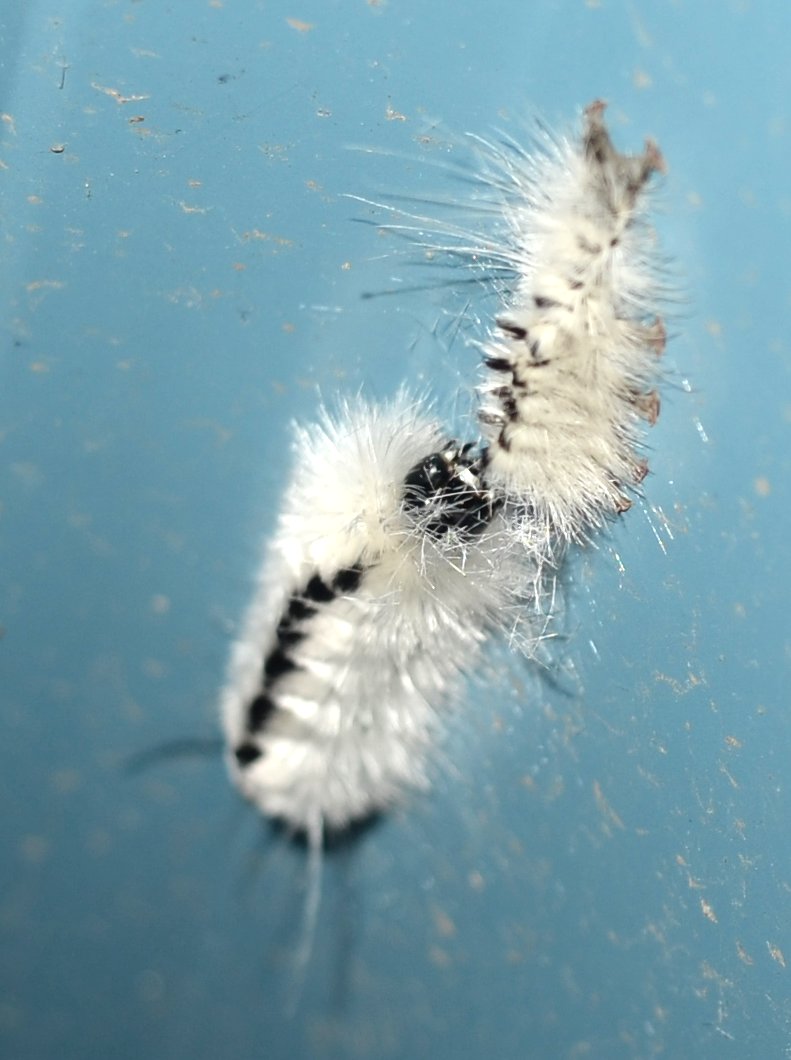
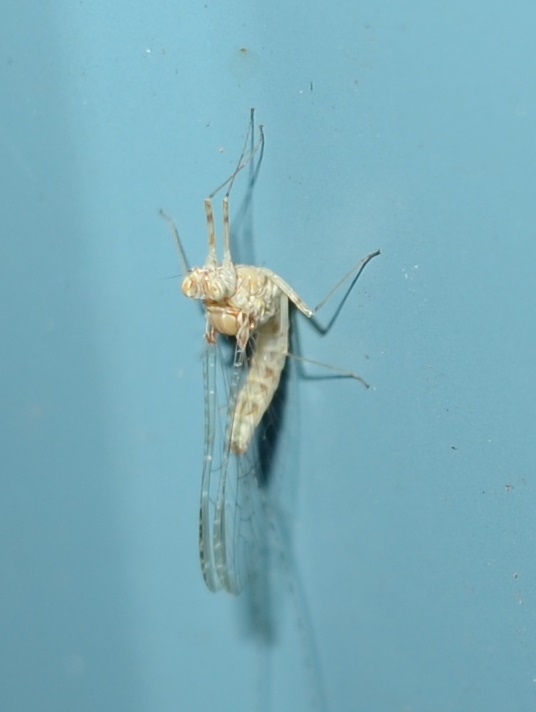
All in all, it was a very good week, even though there were days when it was so cold that very little ventured out - no buzzing in the flowers, almost nothing. But other days more than made up for that! It is cold today but we are expecting some very hot and humid ones later this week. I hope wherever you are you are enjoying your life. Take care!
Back to September 6
On to September 20
Back to 2015 menu
Back to main menu
copyright Martha O'Kennon 2015




.jpg)




















































